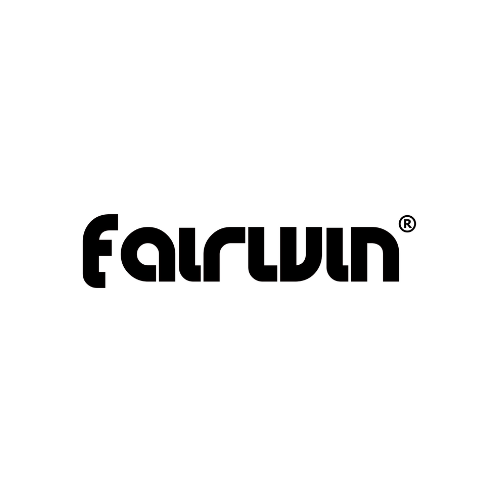
How to Choose the Right CCW Belt: A Practical Guide to Comfort, Security & Carryability
Share
If you carry concealed (CCW), your belt is far more than an accessory — it’s the foundation of a safe, stable carry system. The wrong belt will sag, twist, or let your holster shift; the right CCW belt keeps your firearm secure, accessible, and comfortable all day. Here’s how to pick the best option for your needs, with key terms you’ll want to look for: concealed carry belt, gun belt, tactical belt, EDC belt, ratchet belt buckle, and holster compatibility.
1. Start with Purpose: What Will You Carry?
Think about everyday carry versus heavy duty use. A slim concealed carry belt for daily clothes differs from a beefy tactical belt used on duty or when you carry extra pouches. Match the belt to the load: simple pistol + mag = reinforced casual gun belt; heavy kit or duty rig = rigid tactical belt.
2. Look for Rigidity and Dual-Layer Construction
A true gun belt resists sag. Seek belts with a rigid core or dual-layer design (stiff inner core + outer cover). This prevents sagging and keeps holsters from tilting. Avoid single-layer, flimsy belts — they may look fine empty but will fail under weight.
3. Width & Fit Matter
Most CCW professionals recommend 1.5” or 1.5–2” width depending on your holster and pants.
-
1.5” works well for concealed carry with standard holsters and belt loops.
-
1.5–2” is better for duty rigs and MOLLE-compatible setups.
Make sure the belt fits the belt loops you wear most often and allows comfortable sitting and bending.
4. Buckle Strength & Design
The buckle is the weak link if it’s not built right. Look for:
-
Heavy-duty lock buckles or ratchet belt buckle systems with proven holding strength.
-
Low-profile options for concealed carry so the buckle doesn’t print under clothing.
Avoid lightweight decorative buckles for CCW — they’re not rated for load.
5. Material & Weather Resistance
Common options:
-
Reinforced nylon / webbing — excellent for durability and weather resistance; common in tactical belts.
-
Bonded leather or leather with stiffener — good for dress-concealment combos.
Choose materials that won’t stretch or degrade with moisture, sweat, or repeated use.
6. Holster Compatibility & Attachment Points
Before buying, confirm the belt works with your holster:
-
Does the holster clip or loop fit your belt width?
-
If you use paddle or modular holsters, does the belt provide secure mounting?
If you carry an IWB holster, the belt should prevent canting and keep the trigger guard aligned properly.
7. Comfort & Movement
A CCW belt should let you sit, drive, crouch, and move without the holster shifting. Check:
-
Edge finishing — smooth edges prevent chafing.
-
Padding or breathability if you plan long wear.
-
Micro-adjustability if you want precise comfort without relying on fixed holes.
8. Quick-Release & Practical Features
Some carry rigs pair well with quick-release or ratchet buckles for faster on/off. If you need to remove the belt quickly (travel, security checks), test the release mechanism to ensure it balances speed and security.
9. Testing & Rating
If possible, test the belt loaded with your holster and gear. Pull, bend, and sit — the belt should hold alignment. Check manufacturer weight/load ratings and user reviews focused on gun belt performance, not just looks.
Quick Buyer’s Checklist
-
Purpose: concealed everyday vs. duty/tactical ✔
-
Construction: rigid core or dual-layer ✔
-
Width: 1.5” (IWB) or 1.5–2” (duty/MOLLE) ✔
-
Buckle: heavy-duty locking or ratchet, low-profile ✔
-
Material: reinforced nylon or bonded leather ✔
-
Holster compatibility: verified fit ✔
-
Comfort: edge finish and micro-adjust options ✔
FAQ (Short)
Q: Can I use a regular leather belt for CCW?
A: For light carry and occasional use, maybe — but true concealed carry benefits from a reinforced gun belt that won't sag under load.
Q: Is a ratchet belt buckle safe for concealed carry?
A: Yes — quality ratchet belt buckle systems with solid locking mechanisms can be excellent for CCW because they offer precise fit and no-slip security.
Final Thought
Your belt is the backbone of your carry system. Invest in a purpose-built concealed carry belt or tactical belt that matches your carry style: rigid construction, secure buckle, and verified holster compatibility. The right belt won’t just hold your pants — it will keep your carry safe, stable, and comfortable every day.

